The model’s dimensions match drawings of Ma & Pa no. 6 published in the March 1965 issue of Model Railroader. Cab style, stack and dome arrangement, piping and other details also match prototype photos of no. 6.
The drawings show no. 6 with piston-valve cylinders that were added to the locomotive in 1924. Some of the Bachmann 4-4-0s also have these cylinders. The sample we reviewed has the earlier slide-valve type but has other features of a modernized 4-4-0, such as a steel cab, and an electric headlight.
Our MEC sample has a factory-installed solid pilot and coal bunker. Two different types of user-installed spoked pilots as well as a footboard pilot and wood and oil bunkers are included.
The cab has a detailed molded-in backhead with a separately applied throttle, painted figures, and window glazing, including open wind deflectors. Another neat detail is the hinged cab apron.
The tender has a plastic tank with well-defined rivet detail. The metal archbar trucks include safety chains. These rattle a bit when the locomotive is under way, but they sure look cool.
Paint coverage is smooth and all lettering is crisp and opaque. The railroad roman font looks close to that used by the MEC. The Alco/Manchester builder’s plate is legible and shows a built date of July 1905 and construction number 37754.
The model picks up power from both sets of drivers and all the tender wheels. Inside the tender, the DCC decoder is plugged into an 8-pin socket on a printed circuit (PC) board. Two sets of wires connect the PC board in the tender to a two-pin and a four-pin socket, each located under the rear of the engine’s cab.
The decoder supports some configuration variable (CV) programming. A printed instruction manual for the decoder wasn’t included, but you can find programming information for E-Z Command decoders on Bachmann’s Web site.
Price: $240.00
Manufacturer
Bachmann Industries Inc.
1400 E. Erie St.
Philadelphia, PA 19124
www.bachmanntrains.com
Description: Metal and plastic ready-to-run steam locomotive with dual-mode DCC
Road names: Maine Central; Maryland & Pennsylvania nos. 4 and 5, each with wood cab; Ma & Pa no. 6 with steel cab; Seaboard; Southern (green); painted/unlettered with steel cab, or painted/unlettered with wood cab, or undecorated Russia iron jacket with pinstripes and wood cab
In DC the model began moving at 3.8 scale miles per hour, and its headlight shone dimly. The headlight reached full brightness at 3 volts with the engine running at 10 mph. The model’s top speed at 12 volts was 108 scale miles per hour. Real 4-4-0s of the same size and type had a maximum speed of between 60 and 70 mph.
The model’s decoder supports 28 speed steps. We tested DCC performance using an MRC Prodigy Advance system that delivers 16.4 volts to the track. In DCC, the 4-4-0 began moving in speed step 6 at 4.2 scale miles per hour and accelerated to 59 mph in step 14 and to a top speed of 98 mph in step 28.
Initially, our sample had a noticeable lurch when starting in DCC. Increasing the value of CV 2 (starting voltage) slightly to 15 and adding some acceleration and deceleration (I set CVs 3 and 4 to a value of 5) made the lurch disappear and let the model run more realistically at slow speeds.
I ran the model through a 15″-radius curve of Atlas track, but the
4-4-0 looked better rounding the wider-radius curves of our Black River Junction project layout. It ran through that layout’s no. 4 turnouts without any derailments.
The model’s pulling power is below average but is enough for trains appropriate to a locomotive of its size. On straight and level track the 4-4-0’s drawbar pull equaled 34 HO scale freight cars.
The Bachmann modernized 4-4-0’s excellent level of detail and factory-equipped DCC control make it a standout locomotive for a steam-era layout.
Blackened metal valve gear
Die-cast metal boiler, chassis, and frame
Dual-mode DCC decoder
Electrical pickup on both sets of drivers and all tender wheels
Front and rear magnetic knuckle couplers (at correct height)
RP-25 contour metal wheels (in gauge)
Minimum radius: 15″
Weight: 9.5 ounces





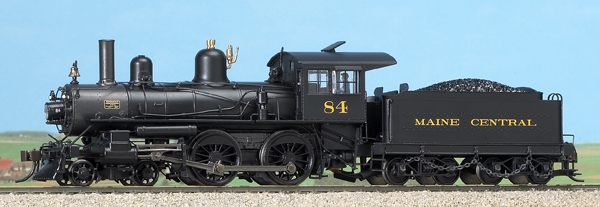
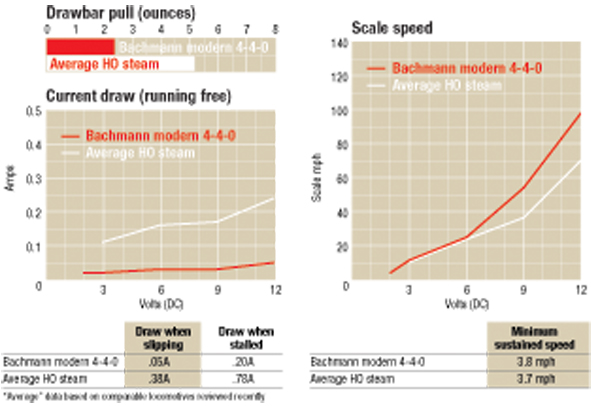

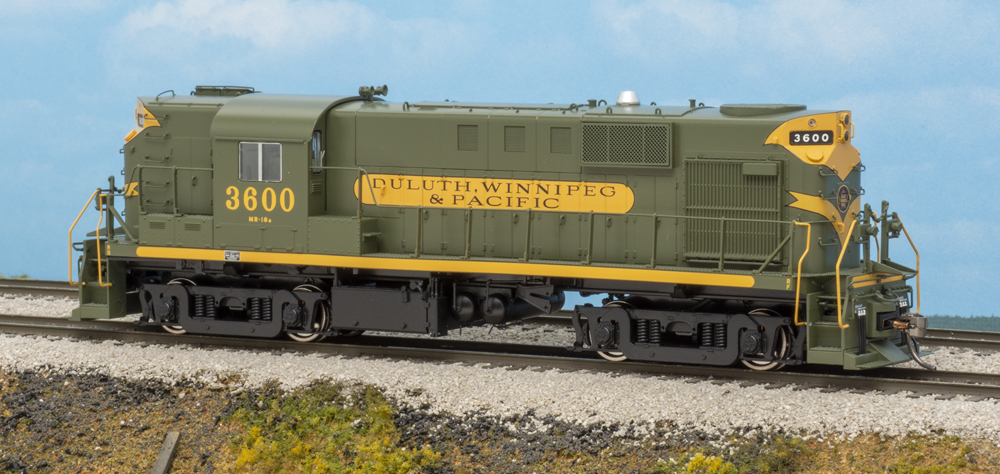

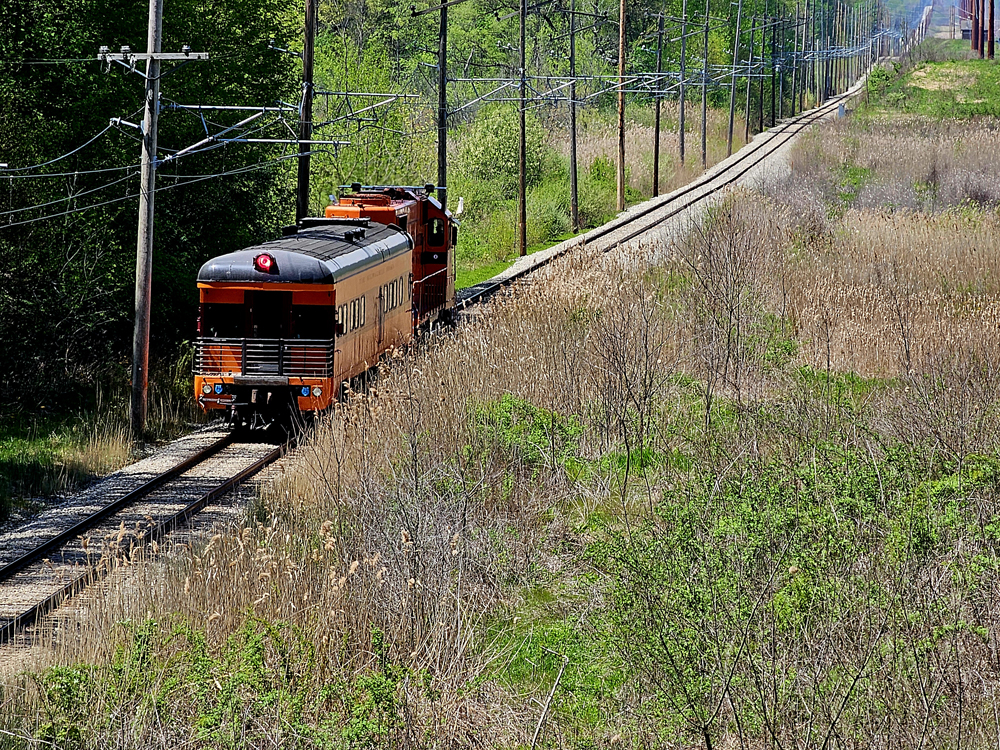
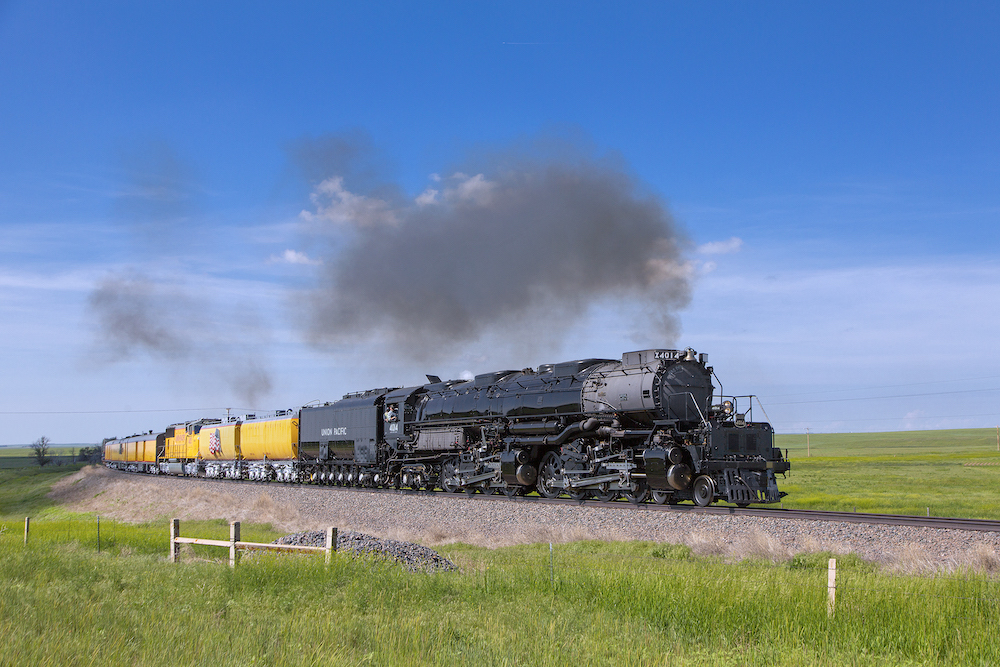




After experimenting with CVs using a Broasway Limited controller I found that only CV1-5 seemed to do anything. I don’t have DCC otherwise. The loco can run pleasing slow, similar to brass, but not quite as smooth. Real locos rarely crawl except at start so we probably put too much emphasis on this. It will creep along at a slow speed. It is quiet and pleasant to look at and watch run. I bought mine when prices were reasonable ($42 and $104). Sticker shock now prevents me buying anything else. Spring Kadee like couplers are nice front and rear. Detail is beautiful and paint superb. Runs slowest on pulse power.